Email This Page to a FriendVoyaging Thru Time: Photographs from Penobscot Marine Museum, Part 11
January 10, 2018
This batch of National Fisherman photos is mostly of boats—and some pretty interesting ones at that. This collection alone is endlessly fascinating, but it’s only one of many that are within the Penobscot Marine Museum’s walls. We’ve scanned and have posted around 100,000 images already and are steadily scanning, cataloging, and adding more.
—————–Kevin Johnson, Photo Archivist, Penobscot Marine Museum.
Farther aft (near where builder Robert Meekins of Church Creek, MD, is fitting bottom frames), the bottom planking will overlap the sides. But up forward, the bottom and side planks have to meet at a miter because the angle between them is so shallow. After completing the bottom, Meekins will turn the whole thing upright to finish the topside framing and planking. It’s the customary way that Chesapeake deadrises, such as RESTLESS, are built. (LB2012.15.7996 from National Fisherman, July, 1977, page 18-C)
Who wouldn’t just love to own this little jewel designed by Murray Peterson and now moved outside builder Elmer Collemer’s Camden, Maine, shop for a 1960 launching? She’s 27-feet long on deck, her name is ETTA MAY (later re-named ISLAND TRADER), and she’s Peterson’s interpretation of a traditional working sloop. (LB2012.15.7682)
WIND SONG was one of a pair built together by Elmer Collemer of Camden, Maine, about 1954. She was for George Bryant and the other was for his friend Don MacNaughton. The owners built their own interiors and Collemer installed them. The design is by Ralph Winslow and known as a “Foursum.” (LB2012.15.7513 from National Fisherman, June, 1962. Photo by William E. Cross)
When America geared up for World War I, the desperate need for transporting men and materials across the Atlantic was first met by ten-knot steamers like this one, built of wood. About half of the 700 or so government contracts for wooden cargo ships were fulfilled before the 1918 armistice, and an unbelievable number of Douglas-fir, southern yellow pine, and East Coast oak trees were felled to build them—enough wood, some say, to build a 26-foot-wide, one-inch-thick bridge to Europe. Most vessels were of the 281-foot Ferris design constructed primarily on the Northwest and Gulf coasts where wood was more abundant than in the Northeast. This photos shows the 1918 launching of the ALLISON, one of six Ferris-type hulls built by the Russell Shipbuilding Co. of Portland, Maine. Despite being known as white elephants because of their old-time hulls and powerplants, these controversial craft managed to make over 200 crossings before ships built of steel replaced them. (LB2012.15.5512)
What’s happening here? Is the boy cleaning toenails or freeing up the elephant’s left front foot? Quite a deck load in any event! (LB2012.15.6465)
The Chesapeake deadrise GYPSY GIRL slowly eases through an icy channel following the cut made by a couple of other tonging boats. The winter of 1970-71 was a tough one for the Bay’s watermen. (LB2012.15.6815 from the front page of the February, 1971 issue of National Fisherman. Photo by Robert deGast)
Cool gull who’s not at all bothered that SUSAN MAY has settled below her waterline! Fresh paint indicates that this Chesapeake skipjack may be in the process of swelling up after weeks ashore for maintenance. Leaking through her dried-out planking for a few days (and settling between pumpings) comes as no surprise. (LB2012.15.6854)
This is CLAYMORE, a narrow and light 70-footer of Bill Garden’s design that, “when a sea makes up, her 25-knot speed keeps on.” She was designed for Garden’s pal John Case (of Cutts & Case boatyard) around a pair of 230hp Cummins diesels. (LB2012.15.7495 from National Fisherman, December, 1970, Page 10-B)
KAKKI M—a 104-footer built of wood by Vic Franck of Seattle to a design by the late Bill Garden, with Bill’s signature style that’s timeless. You’d never believe she was built a half-century ago, in 1967. (LB2012.15.7488 from National Fisherman, October, 1967, page 1-C. Photo by Ray Krantz)
It’s easy to understand why DORCAS won a prize. This handsome fantail-sterned, glass-cabin launch placed first at the 3rd annual Antique Boat Show at Clayton, New York, held on August 19, 1967. She’s a 28-footer, powered originally by a naphtha engine mounded aft in the cockpit, and built in 1896 by Gas Engine & Power Co. of Morris Heights, New York. (LB2012.15.7469 from National Fisherman, October, 1967, page 9-C)
After a short journey down down the beach on planks and rollers, this lovely little cruiser awaits the rising tide. She’s named REYN and is one of Creston Bryant’s Stripers. A 27-footer, she was built in 1964 at Bryant’s Riverside Boat Co. in Newcastle, Maine. (LB2012.15.7500)
Well deck forward, flush deck amidships, deep cockpit aft, and standing headroom at the wheel makes for a practical little power cruiser. Outboard rudder and chine-built hull also made MARTHA GREEN easy to build—and she’s pretty shippy looking, too. (LB2012.15.7507 from National Fisherman June, 1963 page 17.)
This postcard came with the NF collection and indications are that it was taken in 1937, that the boat is AMBERJACK, and that the guy in the hat is Capt. Bishop. The boat is rigged for swordfishing (bow pulpit) and for a steadying sail (mast, boom, and twin sprits). The two “fighting” chairs in the cockpit look to be borrowed from an office. The lady may be negotiating a fishing charter. (LB2012.15.6730)
SANTA RITA II was built by Lash Bros. in Friendship, Maine, in 1955. She’s an unusually handsome trawler, rigged differently from most. (LB2012.15.5513 from National Fisherman, July, 1955, page 12. Photo by Ivan Flye)
Double-ended, clipper-bowed Monterey boats served the fishermen of San Francisco Bay admirably. Recreational sailors also discovered what fine low-cost cruisers they made after adding or enlarging their cabins. This is one of those conversions lying in Sausalito around 1950. (LB2012.15.5562 from the 1976 National Fisherman Yearbook, page 72. Photo by Warren Roll)
Guided by Howard Chapelle’s drawings of a traditional Kingston (Massachusetts) Lobsterboat, and adding a small cabin after he finished building the hull, Kit Africa ended up with an elegant little pocket cruiser that he built in Sausalito, CA. (LB2012.15.7005 from National Fisherman April, 1977, page 2-c.
7 Responses So Far to “Voyaging Thru Time: Photographs from Penobscot Marine Museum, Part 11”:

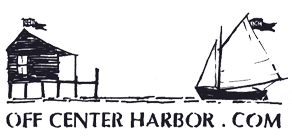
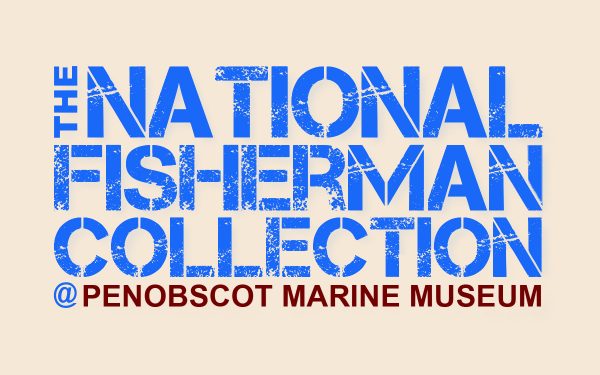
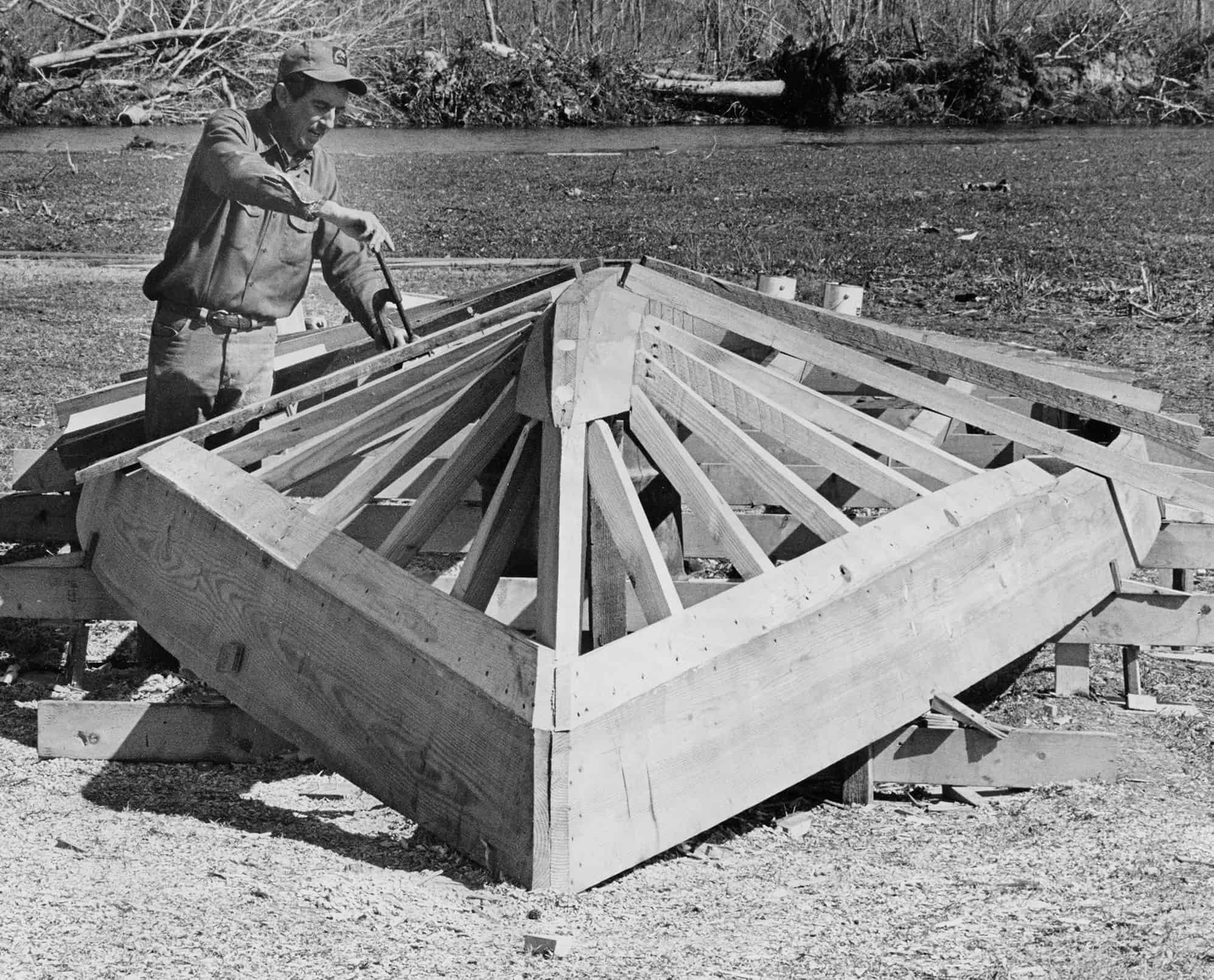
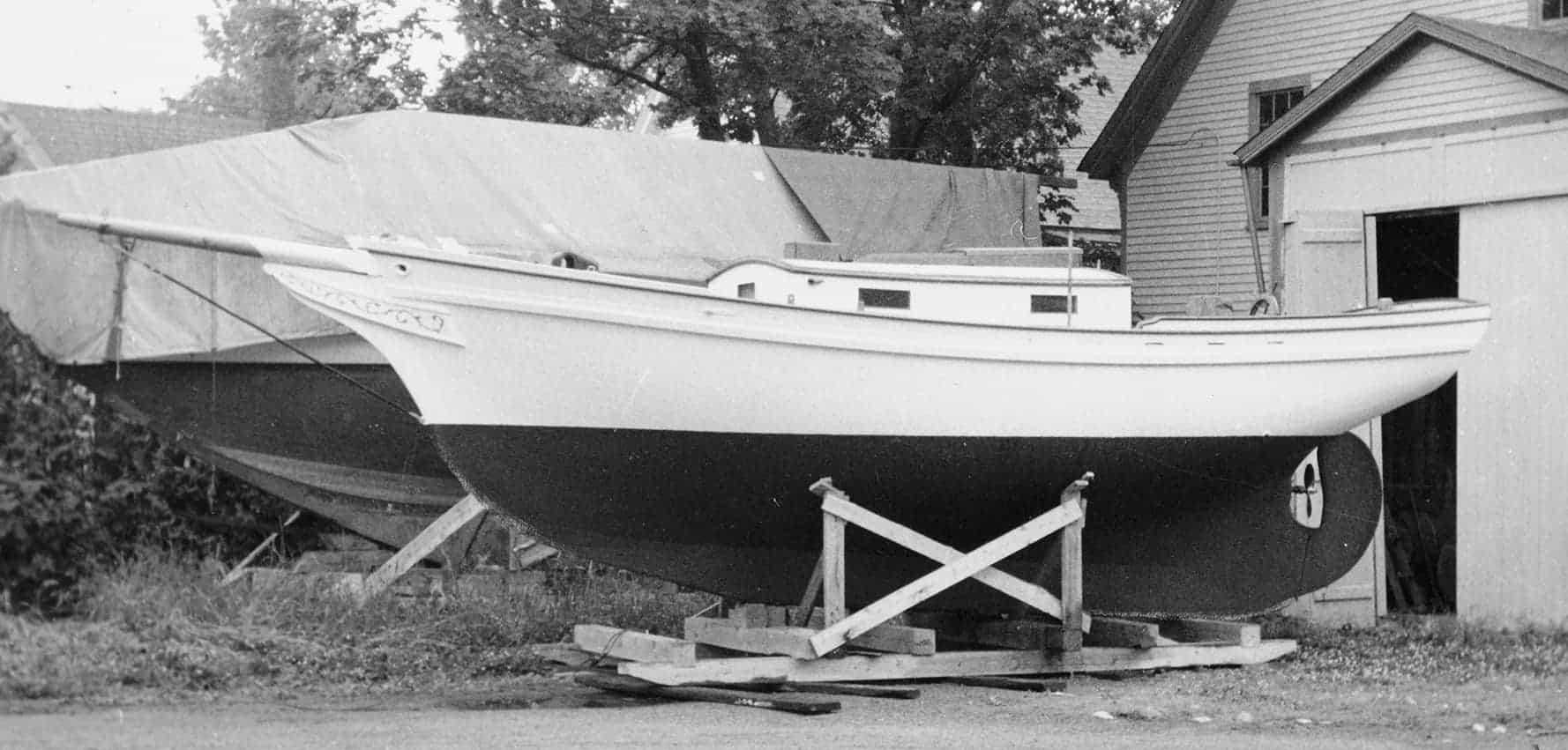
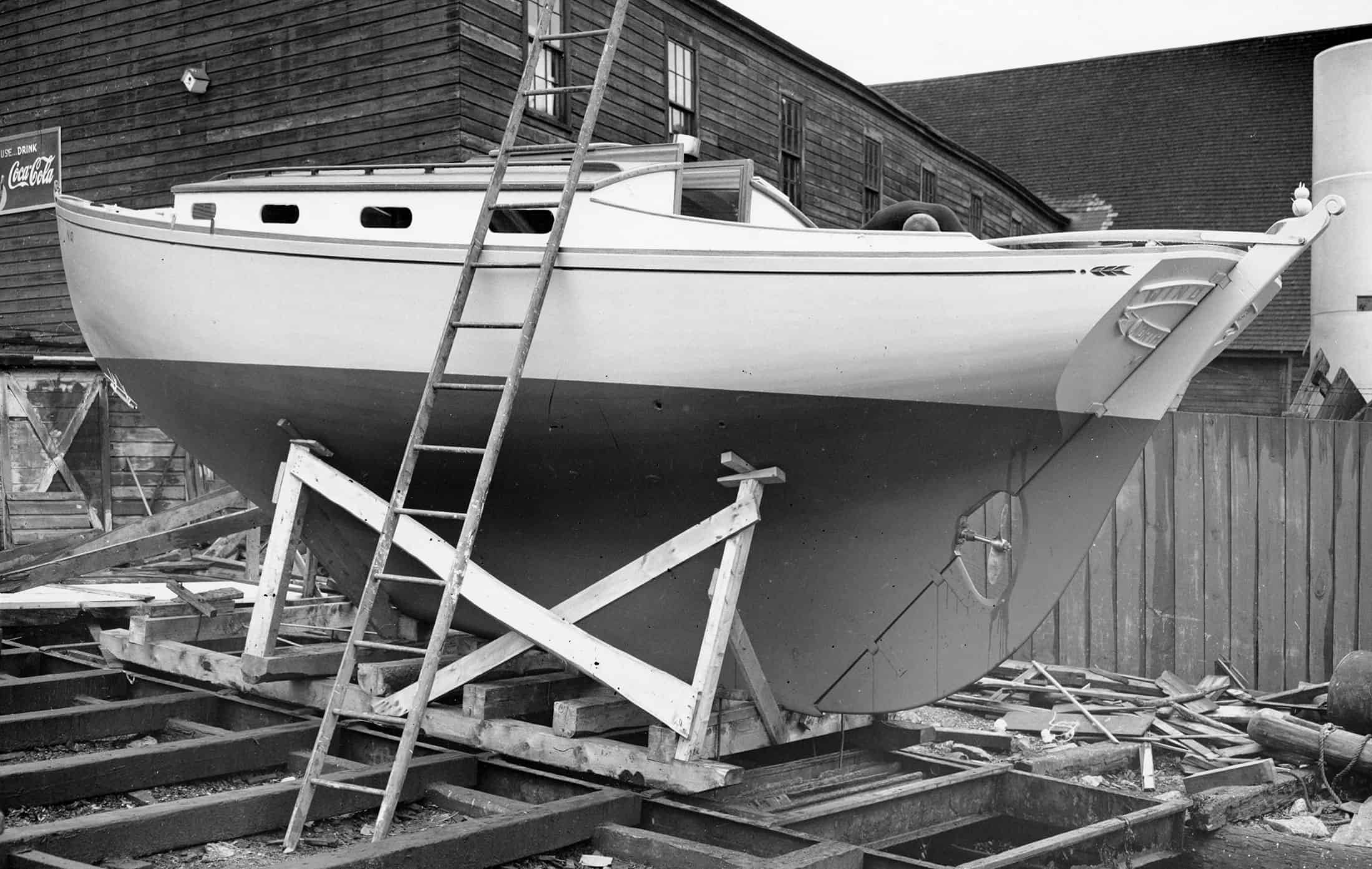
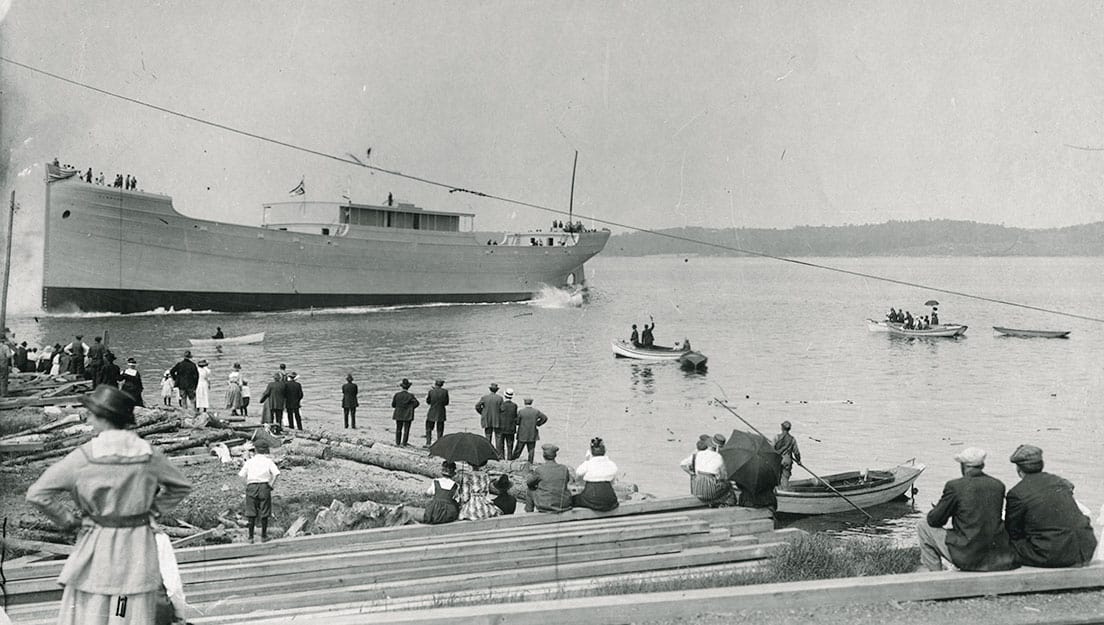

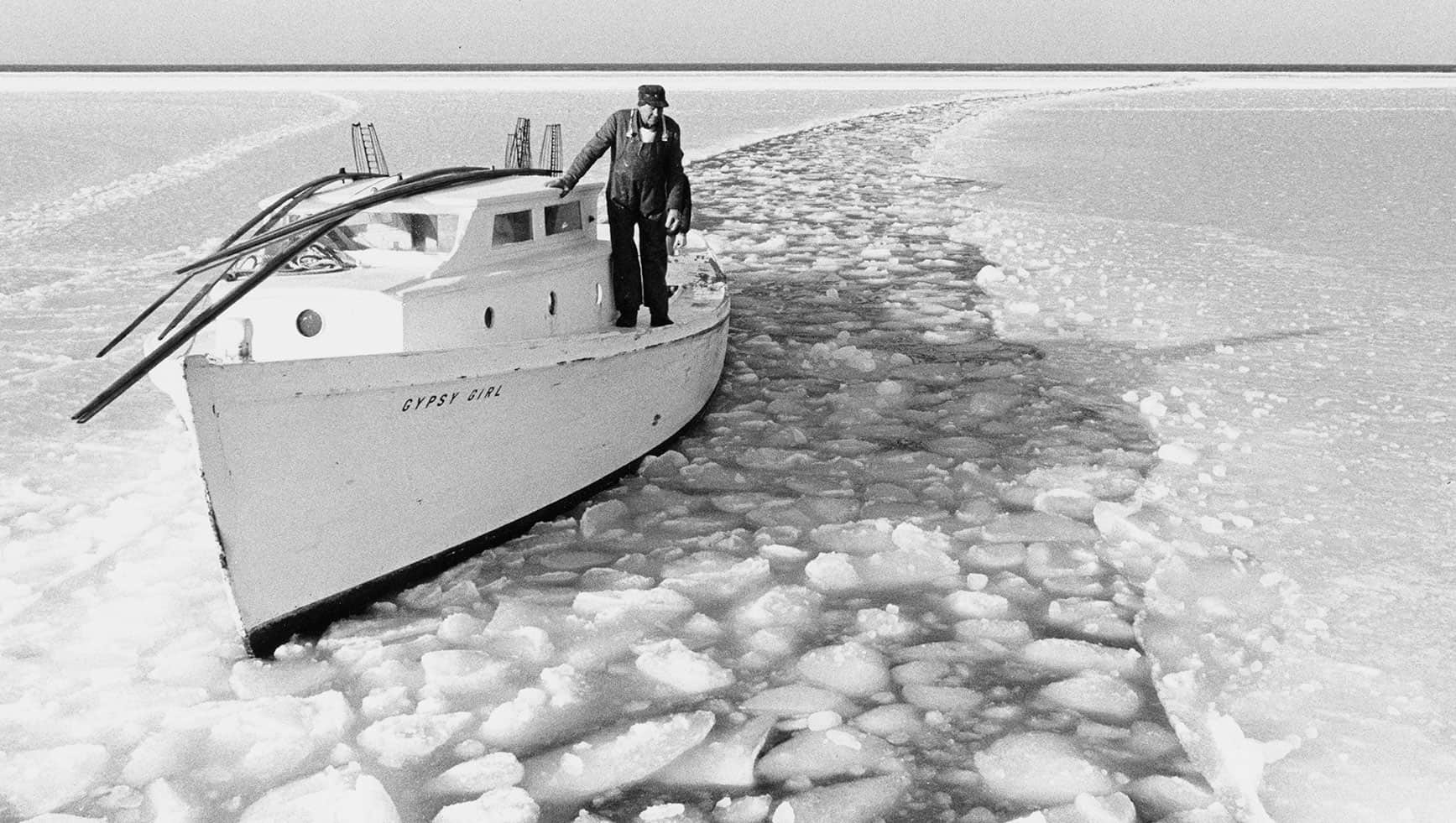
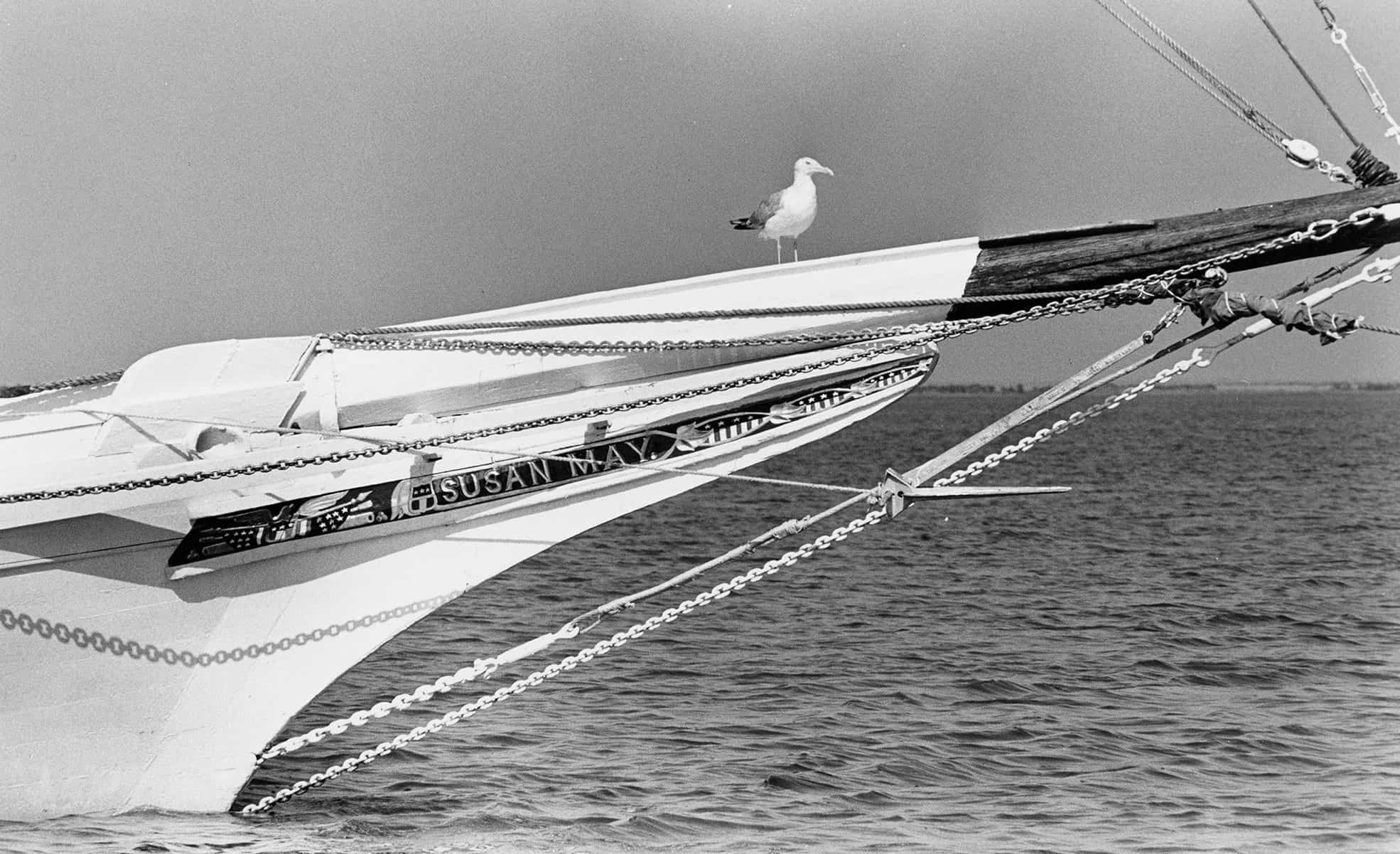
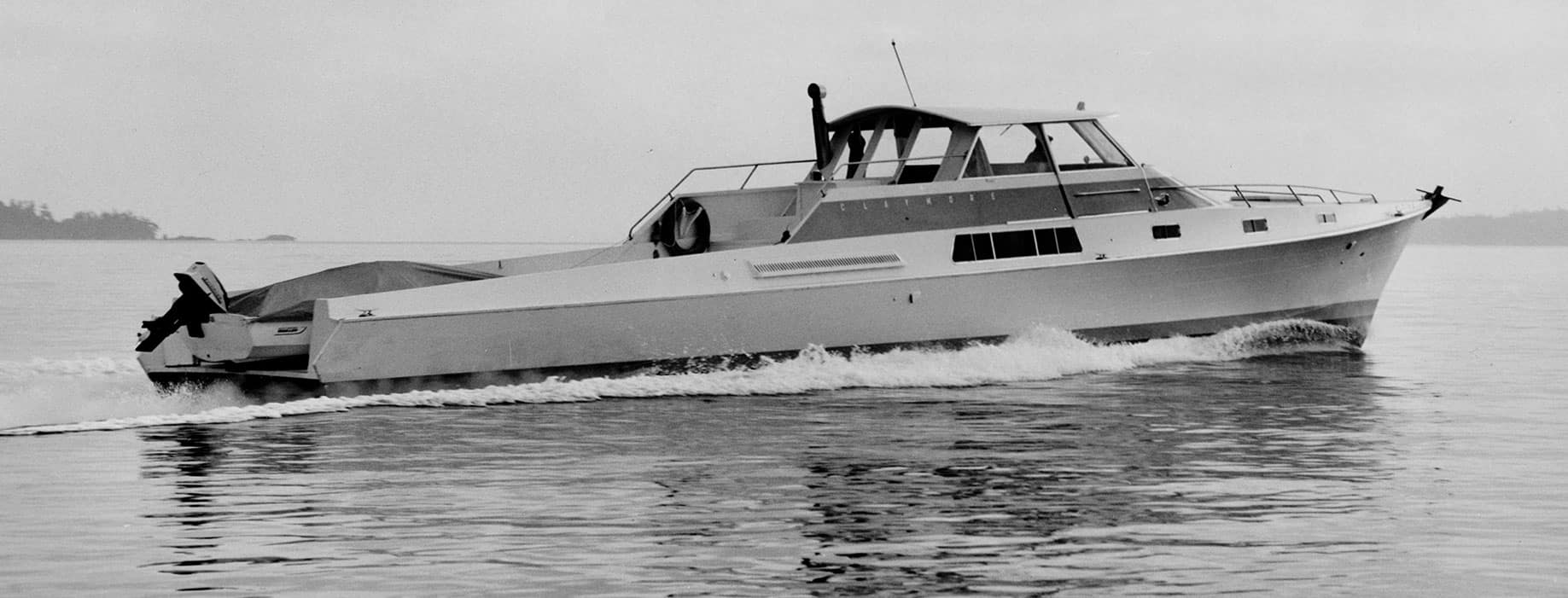
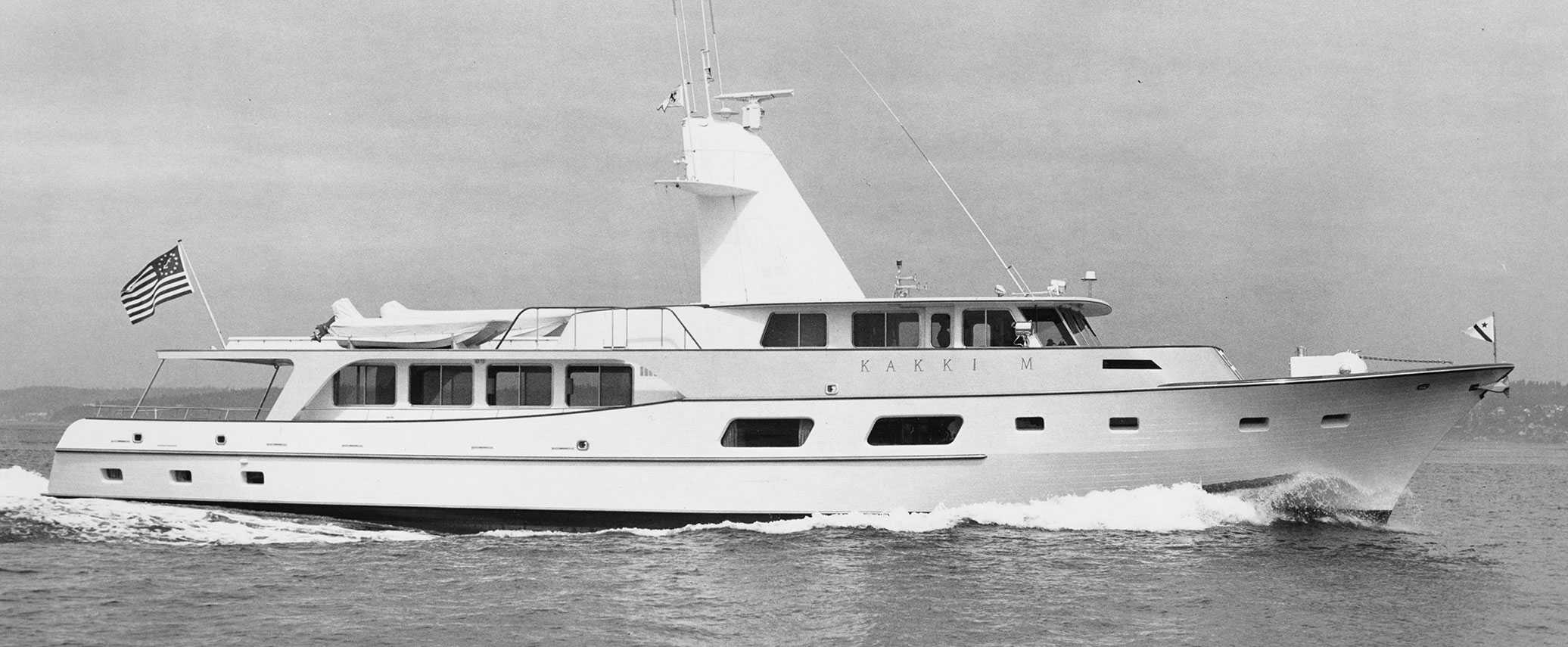
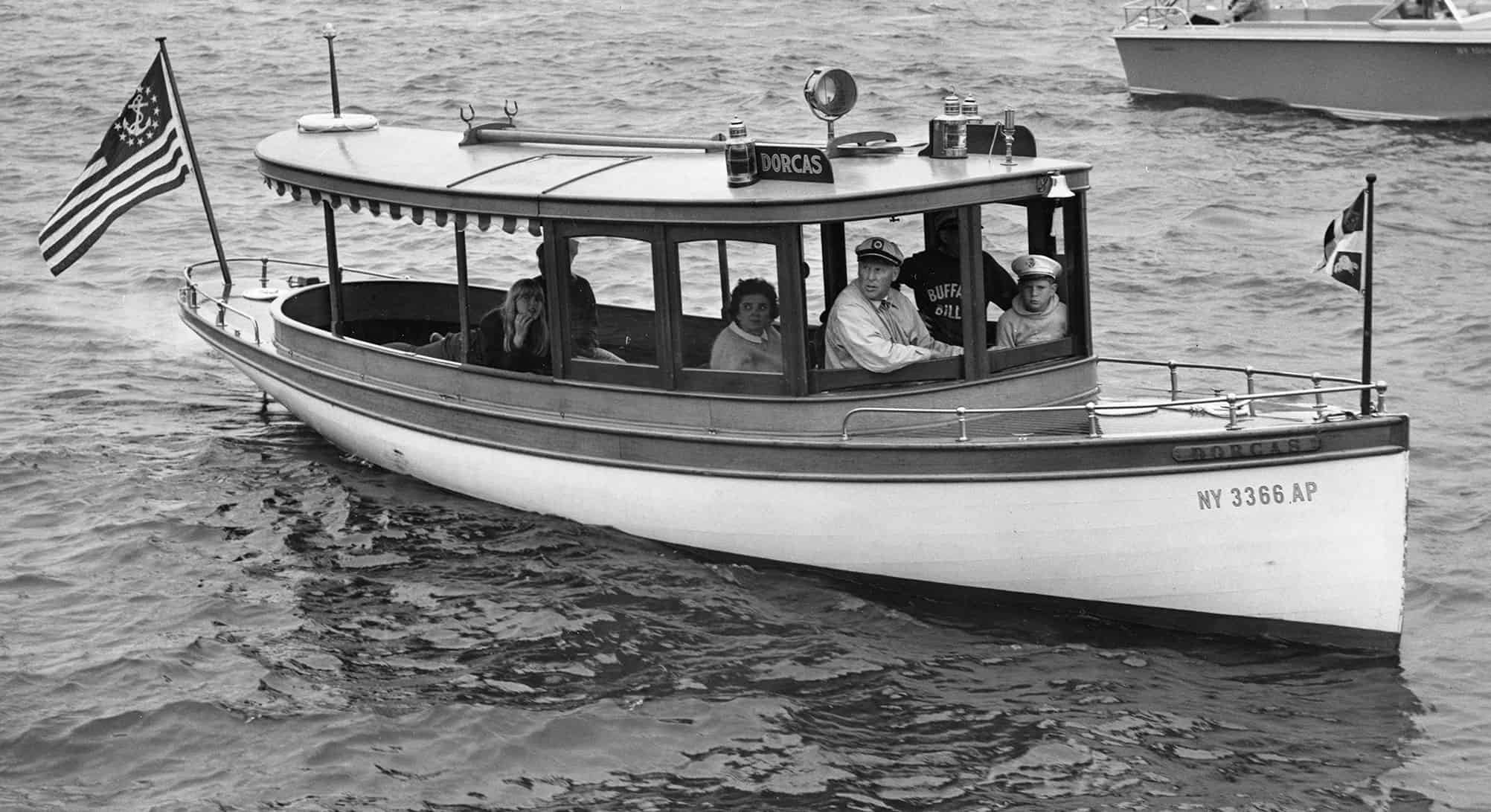
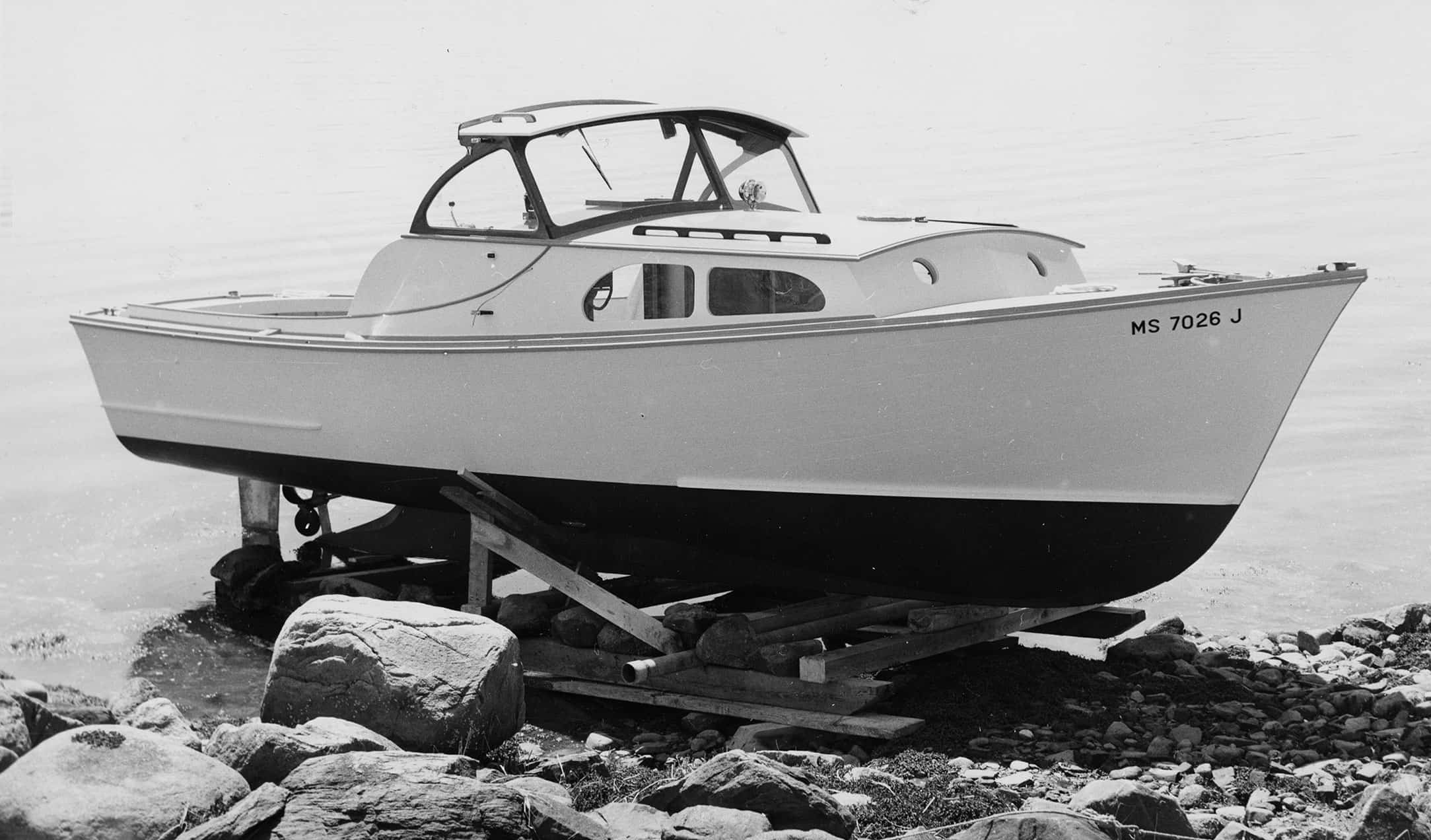
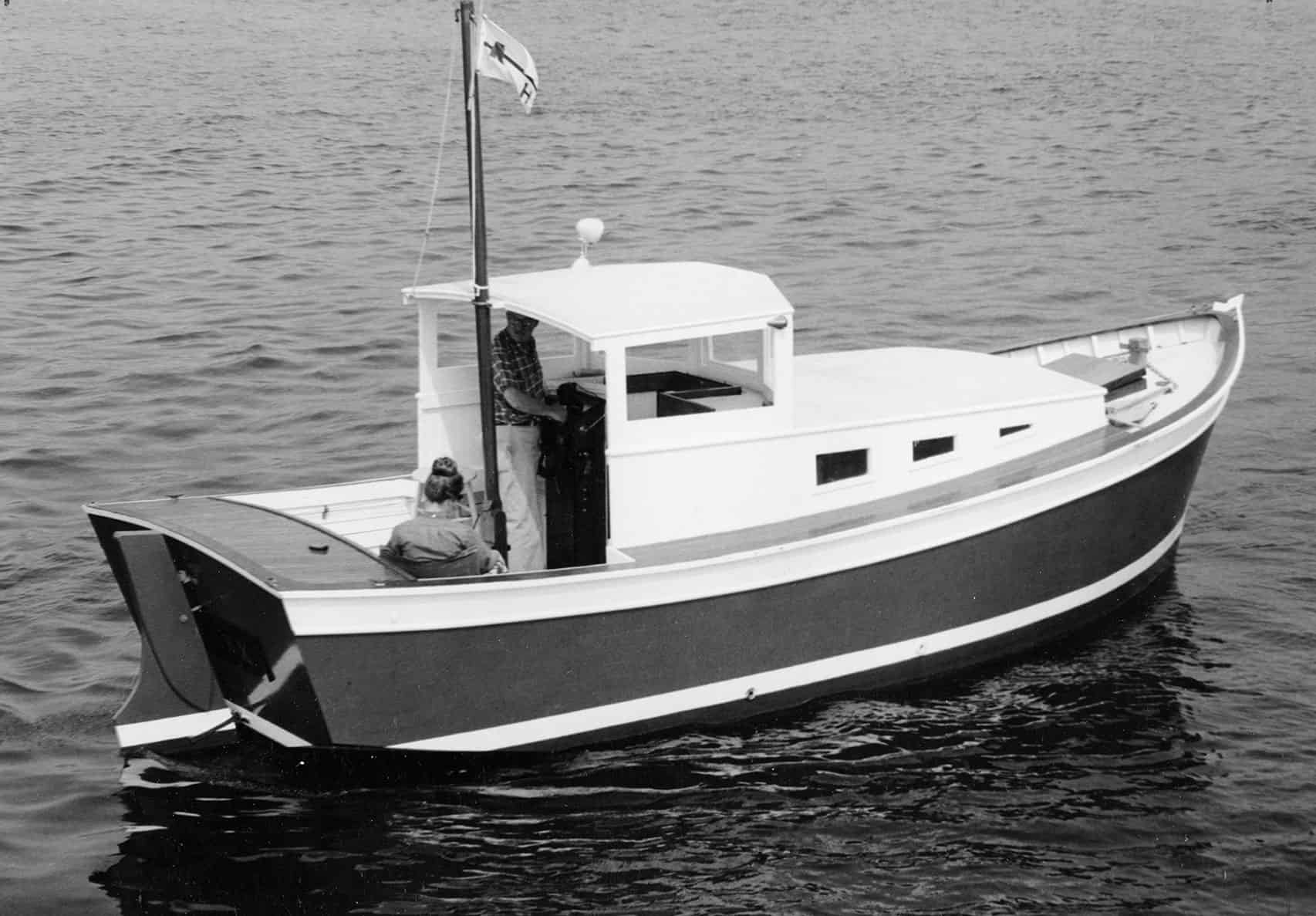
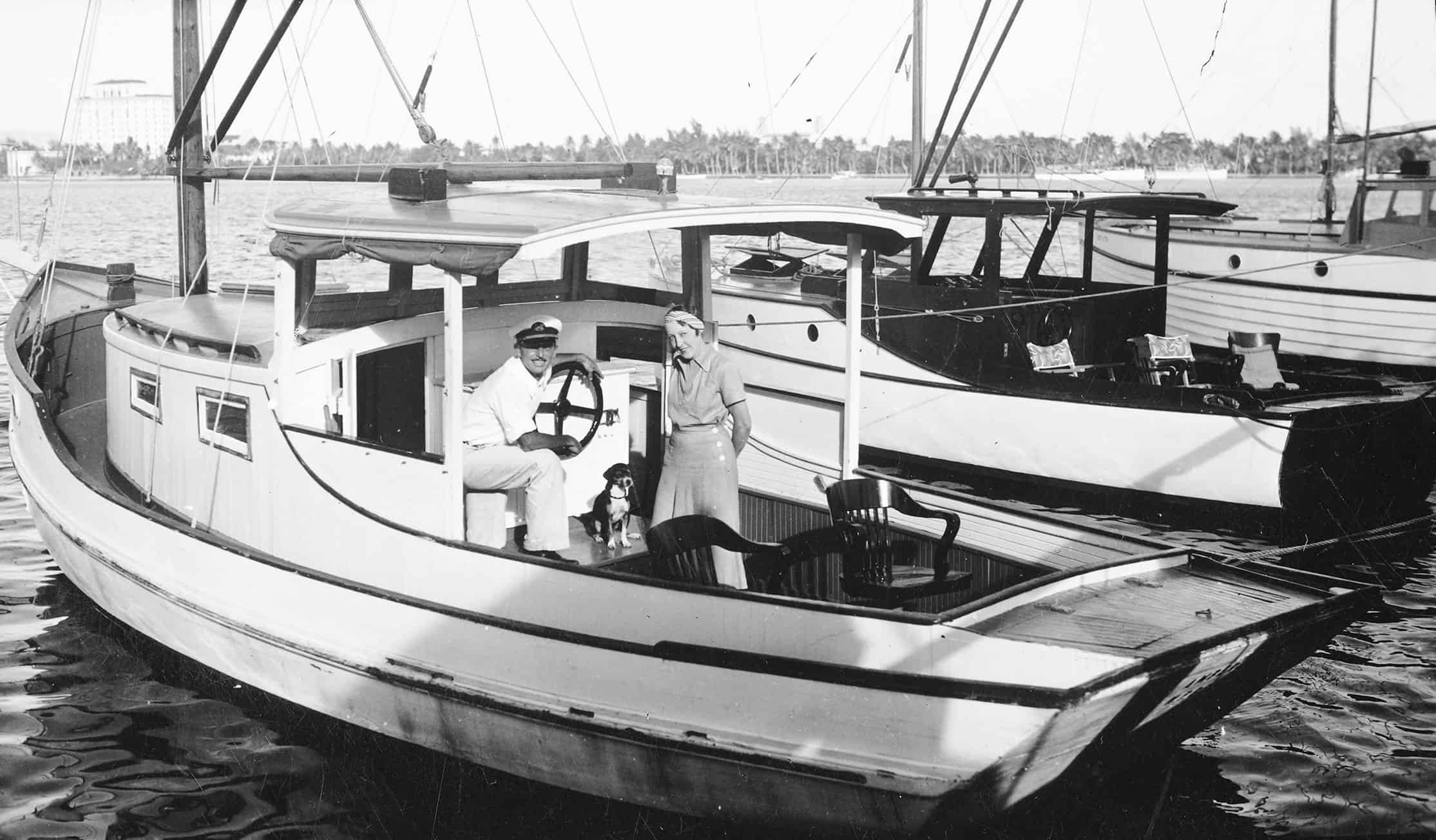
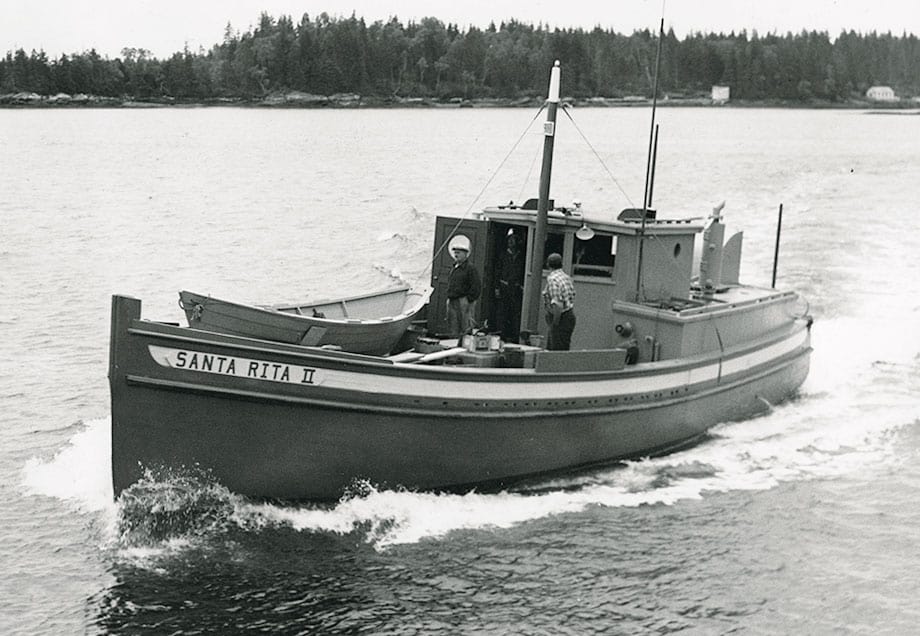
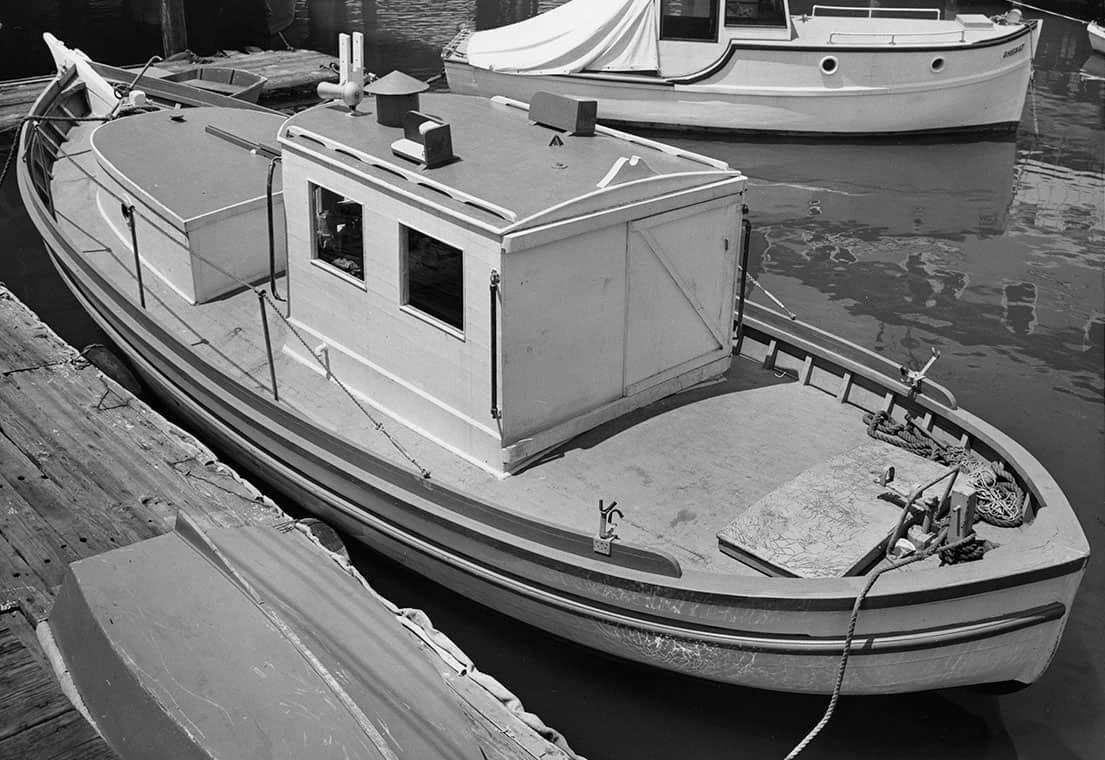
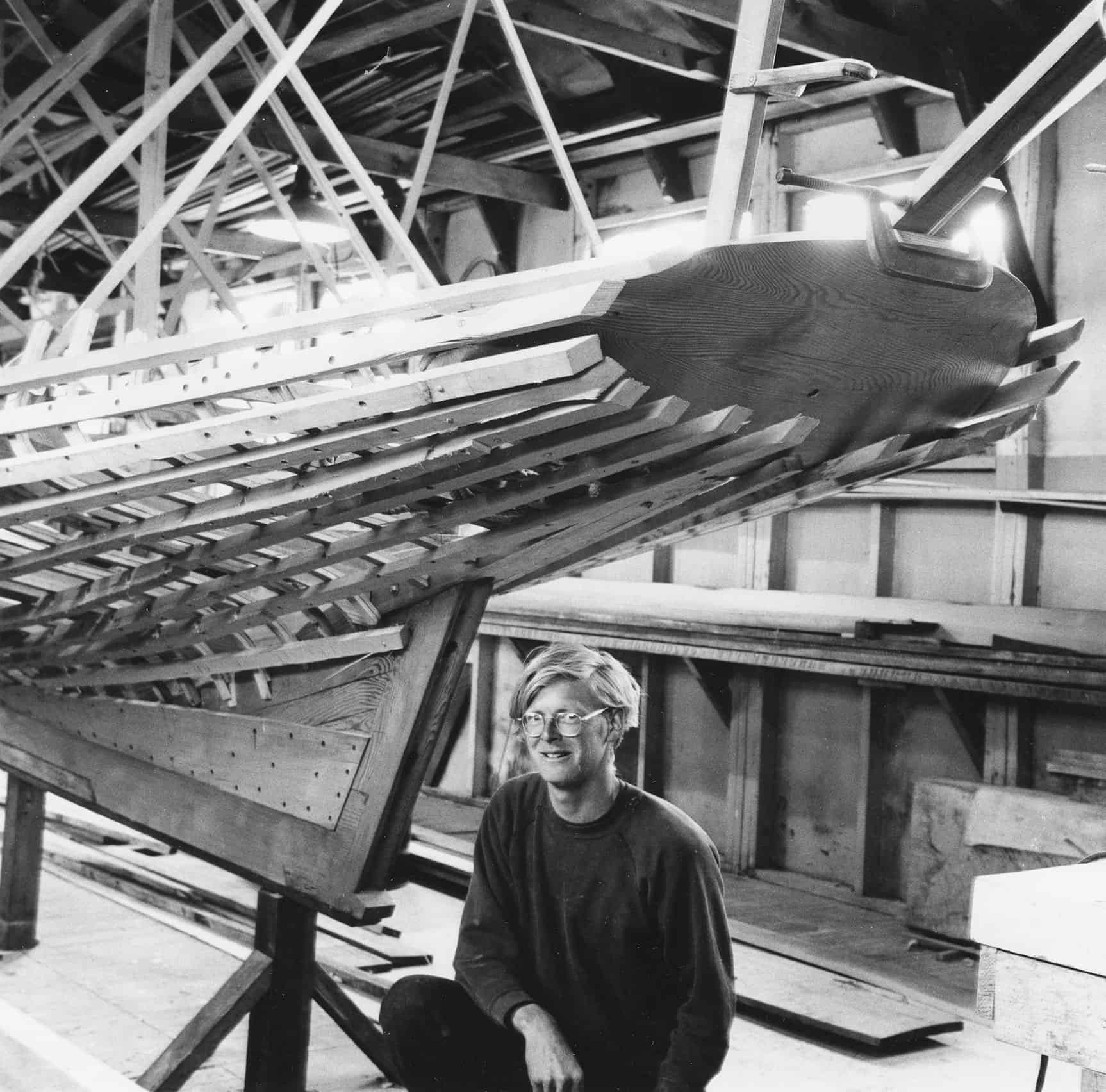
Since this post mentions the Ralph E. Winslow Four-Sum design I’d like to take the opportunity to mention a beautiful example of a Winslow design (the Tusitala ketch Parthinia) looking for a restorer in Vermont. Here’s what I posted about her in the Woodenboat Forum: http://forum.woodenboat.com/showthread.php?253070-Winslow-ketch-restoration-project
Just to be clear, I am not the owner and have no financial interest in Parthinia, I just don’t want to see her cut up. She sits on the hard about an hour from my home, so I would be happy to take photos for any interested party who is unable to visit her in person. Perhaps Maynard might consider Parthinia for “Save a Classic”?
Enjoy looking at this collection from the National Fisherman. In high school was a deck hand on party fishing boats in Point Pleasant, NJ in the early 60’s. I was always interested in all the old eastern rigged draggers and clammers. Live in the pacific nw the past 40 years but still have a love of all boats wood. Subscribed to the National Fisherman for many years in the 70’s and always enjoyed reading the stories about commercial fishing and boat building.
Thank you to all who have added the wonderful captions to the photos on the site.
Talking with Maynard, I was reminded about a deadrise I saw building in Golden Eye about 1977, Three men working, one on the bandsaw, the others standing inside the boat either side of the keel. The bandsaw operator cut planks to over length and tossed them to the other two who fastened them in place. It was quick.
There is a great book originally published during WWI about the wooden freighters. It’s basically a treatise on how to build them. I think it’s called “Wooden Shipbuilding” and it’s been reprinted sometime in the last 15 years or so. Well worth a look.
Wooden Ship-Building by Charles Desmond has been reprinted and is available through Amazon. There are two others of the same type resulting from the WWI shipbuilding boom: The Building of a Wooden Ship by Charles G. Davis and How Wooden Ships Are built by H. Cole Estep. I believe those are also on Amazon. All three show lots and lots of good wood going for questionable use.
Thanks Kevin. Great, wide-ranging selection!
I became aware of National Fisherman and WoodenBoat magazines at around the same time, the mid-1970s, when the best bookstore in my community, The Little Professor Bookstore, in Gainesville, Florida, carried both of them. What a pleasure it was then, and is now. Thanks, again, OCH.